The Sims Legacy: How to find your style and stand out from the crowd
Hello everyone. My name is Sveta, and today I’d like to share my experience on how to find your style when running a legacy, whether it’s through screenshots and text, and in general how to make your story stand out.

The first thing I want to emphasize is: don’t follow the crowd! Yes, the mainstream is tempting. There’s a trendy wave you can easily ride to gain an audience. But that doesn’t work everywhere. Or rather, it might work, but the real question is: how long will the results last?
To maintain lasting results, you need to forget about what everyone else is doing. Instead, look inward. What do I truly want?
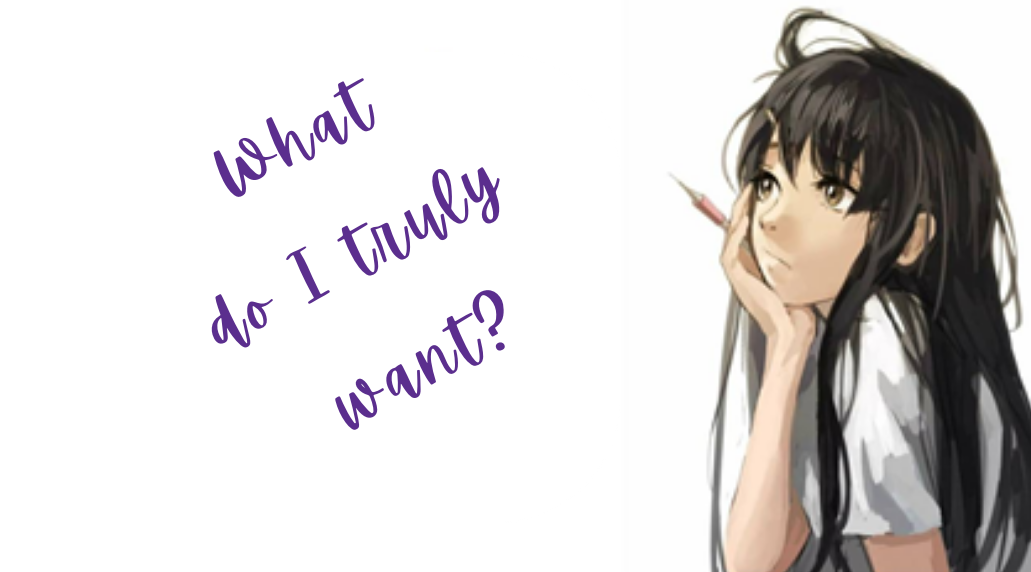
By answering that question, you'll already have a sense of direction.
What about screenshots?
Don't rush to mimic someone else's style or editing, even if you really like it. Take time to explore the "market", look at the work of different creators and identify the elements that resonate with your taste. From there, you can start experimenting and shaping something uniquely yours. With experience you'll gain a clear understanding of how your screenshots should look.
For example, I used to add grain, use various GShade presets when I first got it, and so on. I didn't pay attention to texture glitches, and I didn’t even consider lighting and shadows. But over time, I realized that I didn't want my work to look like everyone else's. I wanted something that was truly mine. So I started experimenting, trying new things, and eventually I developed my own style. Take a look at how it used to be and how it looks now.
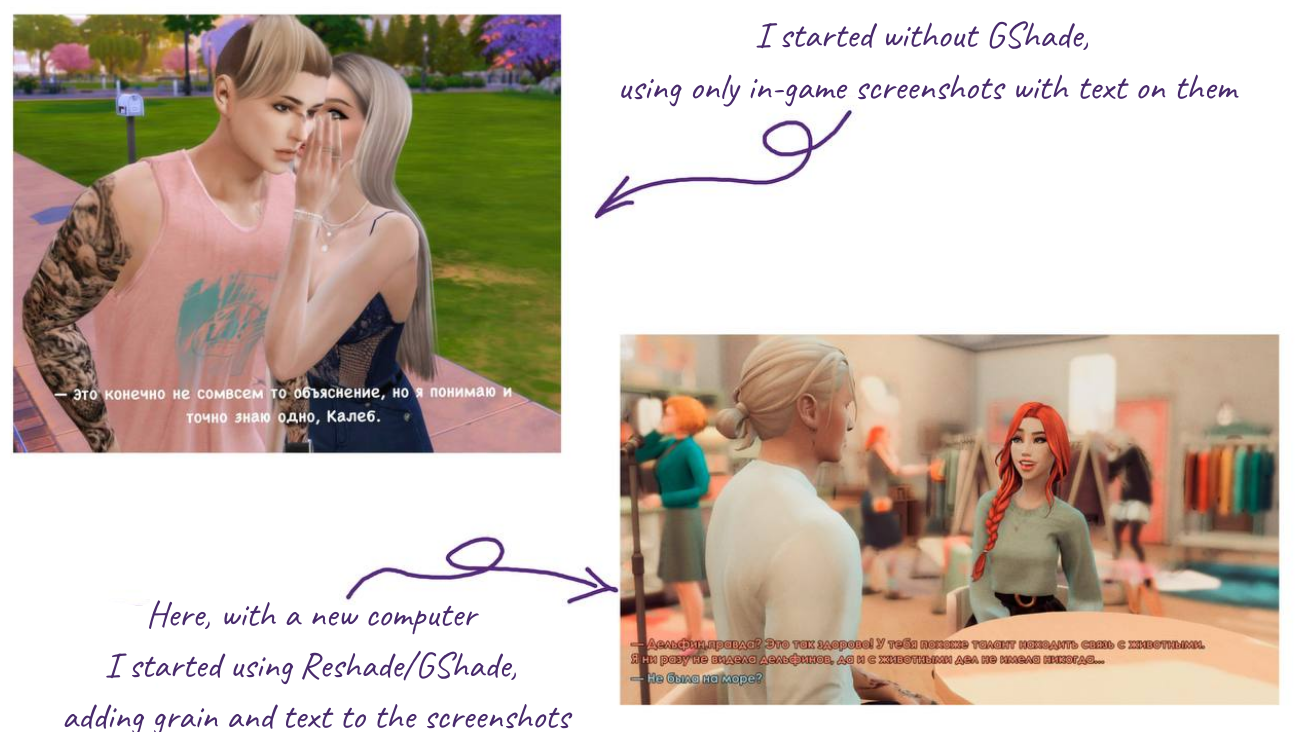
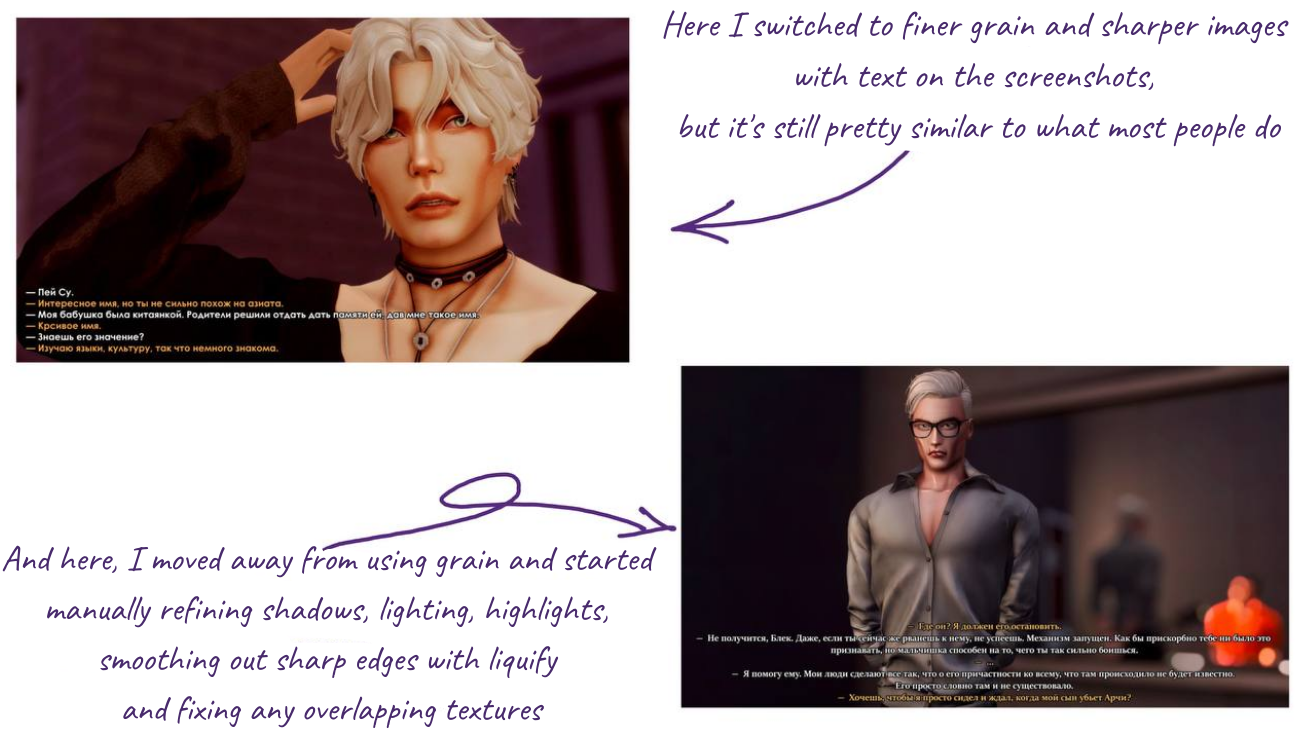
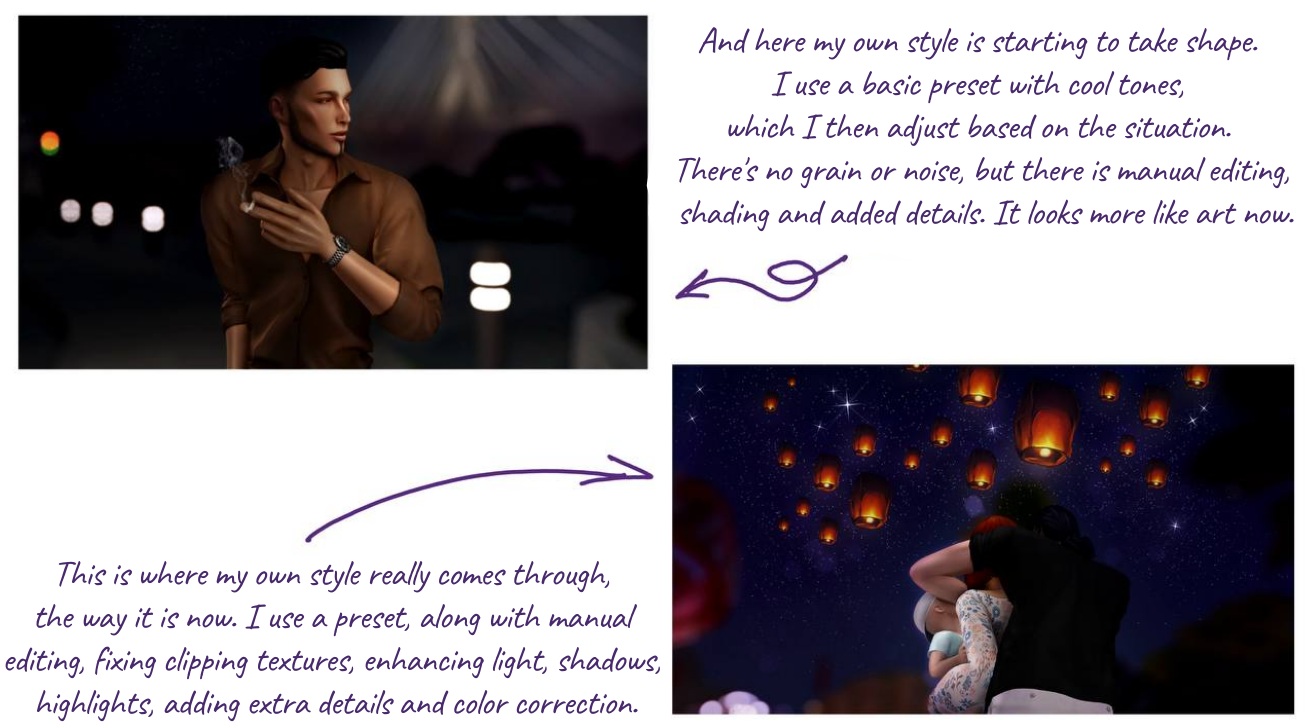
And I stopped adding text to the screenshots because in line with my current writing style it became redundant and only complicated the flow of the narrative, distracting from the visual elements. I also switched from the standard square format to full-frame shots.
Now, let's move on to the text.
I would recommend first thinking about what you personally enjoy reading the most: first-person narration, third-person (from the author's perspective), or a diary style.
First-person narration allows us to immerse ourselves in the story from the main character's point of view. On one hand, this is interesting because you feel more connected to the character, but there's a downside. It’s challenging to switch between characters in this style, and it requires a lot of effort to clarify whose perspective the story is being told from. There’s a high chance that the reader might get confused.
You might also like...
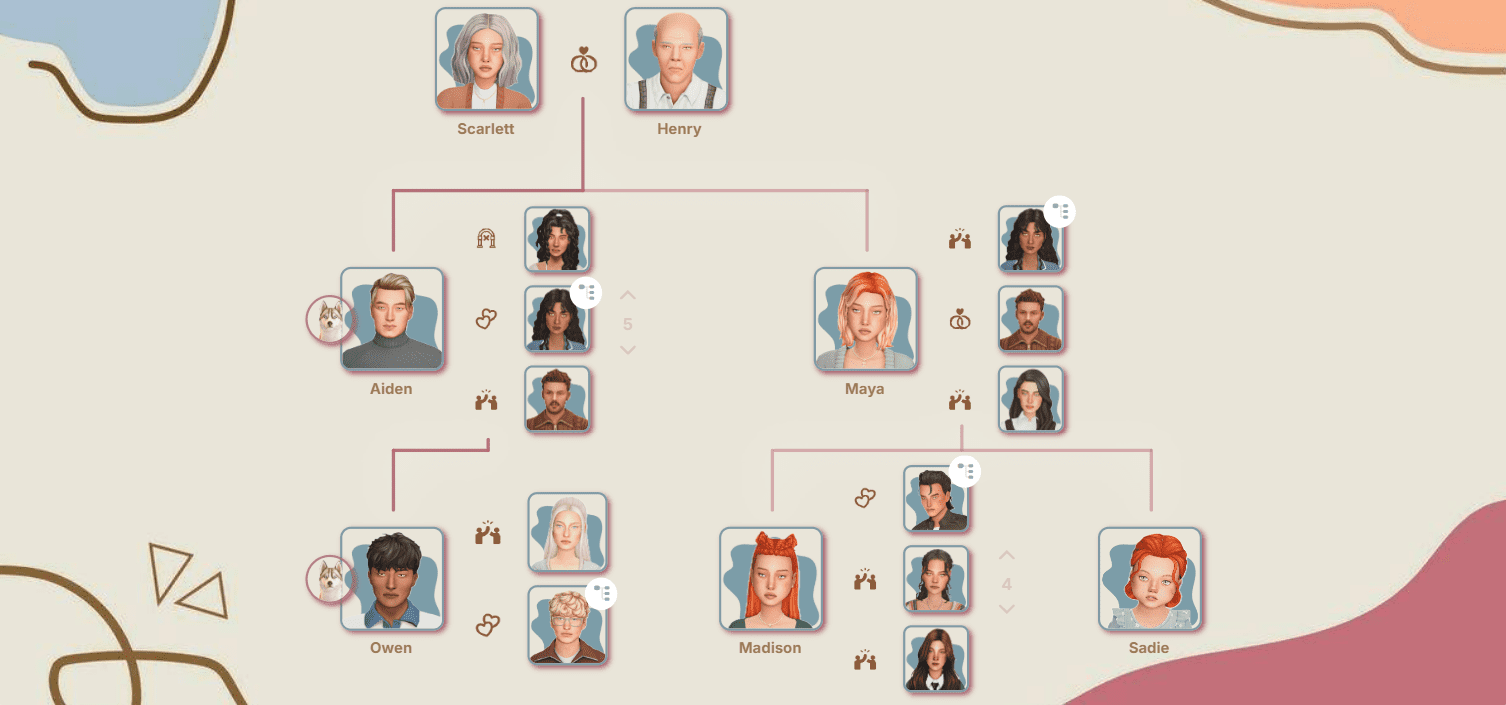
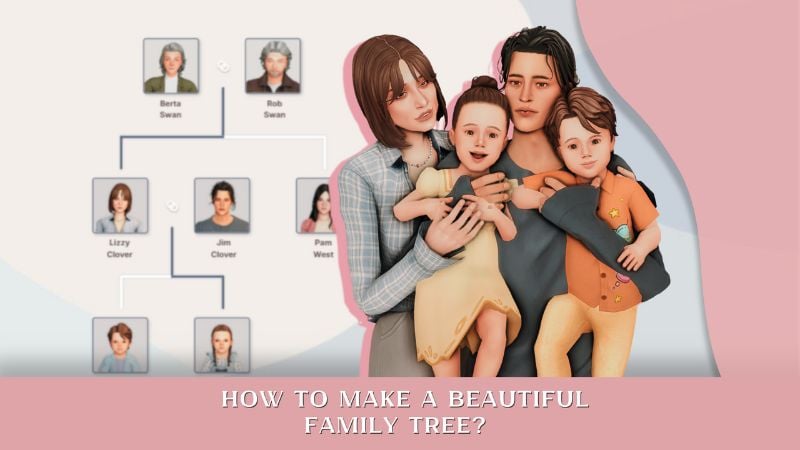
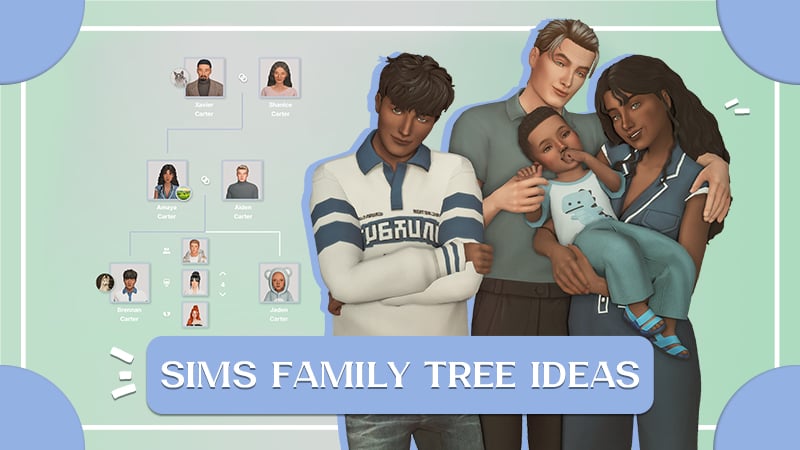
Third-person narration (from the author's perspective) is great because you don't need to constantly clarify who’s speaking: you simply tell the story as if observing it from the outside. However, this approach is more challenging, as it’s closer to a literary work and requires a strong vocabulary to effectively convey the characters' feelings, emotions and actions.
Diary-style writing is the simplest and least demanding because it’s just a straightforward recounting of events. It doesn't require a lot of words and is easy to follow. But! It’s dry, lacks emotion and is often very brief.
Try writing your text in all three styles and see which one you like the most. Not the one that's easiest, but the one you truly enjoy. Even if it’s harder to write but you really like it, that’s a big plus! It means you’ll be developing your writing skills as you go.
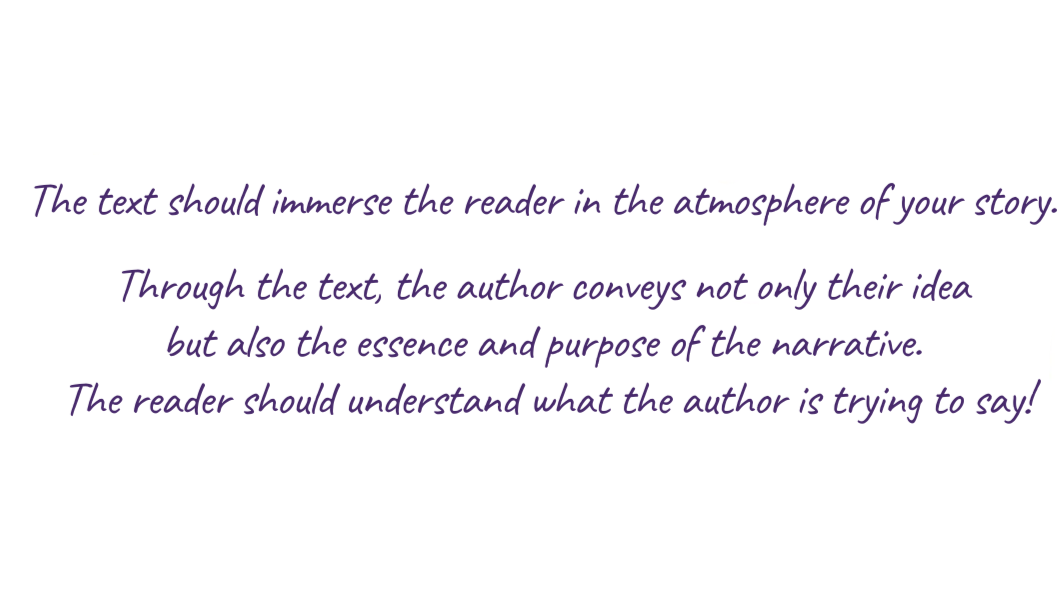
I started with short posts of just a few paragraphs, but now one of my posts can span over 8 pages of A4, written from the author’s perspective. In doing so, I’ve also found my unique style for storytelling and conveying emotions, feelings and everything that’s happening.
Shall we talk about the plot?
The plot is the most essential part of any story. You won’t be reinventing the wheel here, because every plot and trope has already been created long before us. What’s in our hands is how we present and interpret a particular trope. Whether it’s a love triangle, an age-gap romance, a crime drama or teenage infatuation.
*A trope is a word or phrase used in a figurative sense to enhance the expressiveness of the text; an important element of poetic and prose language that helps create deep and layered meaning; often recurring literary and rhetorical devices, motifs or clichés in creative works.
However, doing something just for the sake of doing it isn’t the way to go. Why? Simply because sooner or later you’ll face the dreaded burnout. If we don’t have a clear understanding of what we want to convey to our readers, what our story is truly about, and if we blindly copy someone else’s style, burnout is inevitable. But when we draw from our inner world, our life experiences, a book we've read, or a movie we've watched, and use that as the foundation to create something original, then success is much more likely.
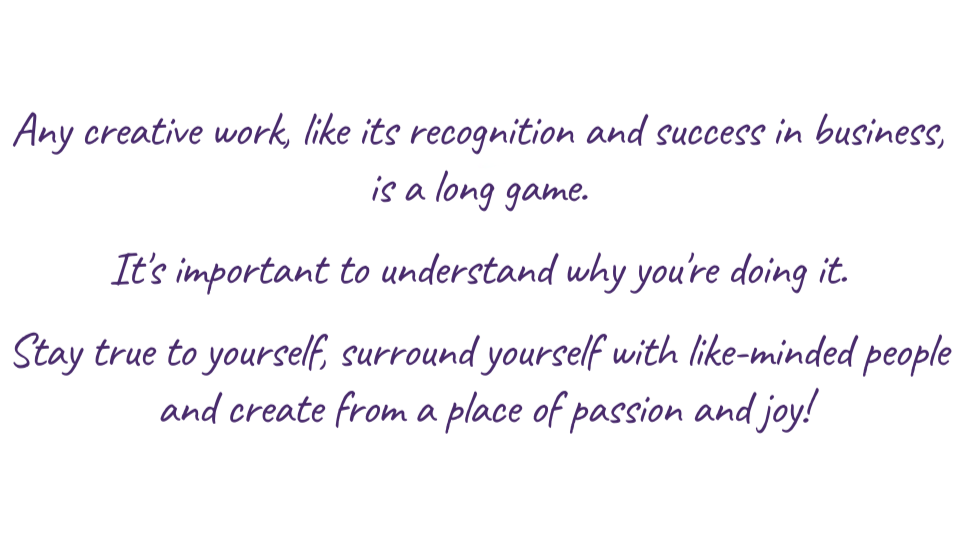
Here’s a brief reflection on how to find your individuality. The most important thing is not to be afraid to try and experiment. This is how we gain experience, develop a keen eye and grow.
Lana Byakko:
